Windbreaks
In localities that are prone to strong or cold winds, windbreaks between coffee plots can protect against such extremes. They may also have other beneficial effects, altering the microclimate of adjacent plots, acting as erosion protection and as a resource of wood and other products.

Concept
Coffee is a sensitive plant, especially when young; the main aim of windbreaks is to reduce the speed of the wind over plots. High winds can physically damage branches, especially when they are laden with ripening berries, or create cool, wet conditions that can chill the leaves and encourage an attack of Phoma spp. Windbreaks will also protect soils from landslips and erosion on sloping land. Such barriers may also serve to enhance the local microclimate in a more general fashion, protect soil moisture and enhance wildlife. Additionally, windbreaks provide wood, leaves for mulching, firewood (potentially also for biochar) and fruits, among others. Windbreaks are normally formed by one or two rows of trees. A related topic is the need for ‘dust breaks’ where coffee grows next to roads and tracks frequented by vehicles that throw up dust in the dry season. Coffee trees covered with dust particles become weakened and may develop red spider mite attacks. Hedges of small bushes such as the leguminous Tephrosia spp are used for this purpose.
Drawbacks
- Takes years to develop. Young trees may grow slowly or suffer high mortality if they themselves are exposed to extreme conditions, especially if they have to grow on degraded and compacted soils.
- Can reduce flowering. A tall bank of trees may cause enough shade to cause some reduction in flowering. Too much protection in areas that normally have very low wind speeds, can lead to high humidity which may favor the development of fungal diseases.
Costs
- Low – purchase of seedlings/saplings and a few days labour.
Recommended Activities
Select tree species for windbreak. The best species to plant will depend on a range of criteria including suitability for the location and soil type, height, and other desired uses apart from wind protection. A survey of the zone should reveal what windbreak species have already been used, or at least reveal which trees grow well in the area. An important characteristic to consider is the final height of the trees – on sloping land, shorter trees suffice. Farfan’s agroforestry manual[1] recommends trees that grow to ~ 2.6 m on a 40% slope, 5.2 m on a 20% slope and 20 m on flat terrain. Species commonly used for windbreaks include: Grevillea robusta, Casuarina spp. Erythrina, Pinus patula and Leucaena leucocephala.
- Decide on distances between tree banks. In small plots it may be sufficient to position them at one or more border only. In larger fields banks within the field may be required.
- Consider planting temporary windbreaks. It can take many years to develop a good windbreak to the desired height, so temporary windbreaks are often grown, especially to protect young coffee trees. Temporary trees species can be progressively removed as the coffee trees grow.
- Species commonly used for temporary windbreaks include: Cajanus cajan, Crotalaria spp, Flemingia contesta, Sesbania and Tephrosia.
[1] FARFÁN V., F. (2014). Agroforestería y Sistemas Agroforestales con Café. Manizales, Caldas (Colombia), 342 p.
Further Comments
- High feasibility.
- Applicable everywhere on exposed land.
- Medium effectiveness — a bank of trees has a limited range of influence and several banks may be needed.
- There is a trade-off: too many tree banks will lead to lower production.
- When tree banks are established, they can provide a useful microhabitat into/next to which new tree species can be introduced to study their usefulness for future agroforestry aims.
- Have something to add to this tool description? Leave a comment!
- Interested in applying this tool? Look for pictures, case studies and info sheets below for step-by-step instructions to get you started.
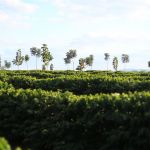
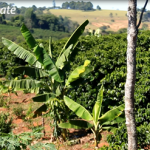
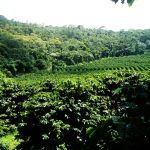
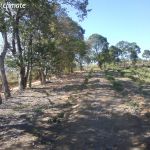
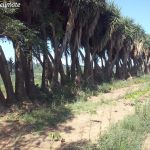
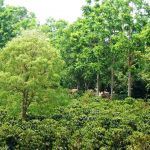
Leave a comment
0 comments